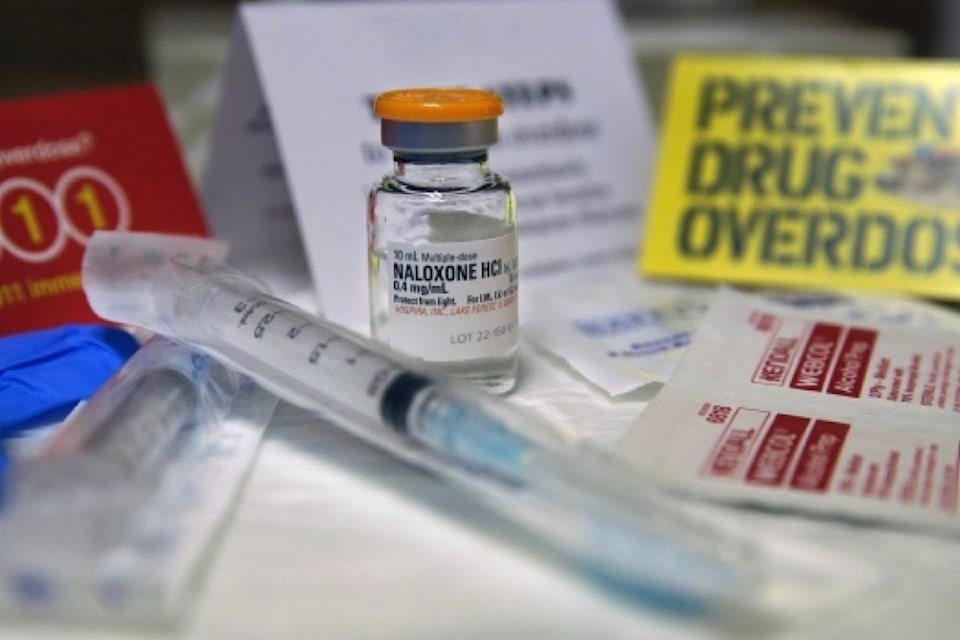Nine people died of suspected overdoses in a span of five days last week in the Interior Health region that includes Nelson.
Seven of those deaths were reported to have occurred between Jan. 23 to 26, with two more fatalities added on Jan. 27.
A spokesperson for Interior Health (IH) declined to say what communities the deaths occurred in, citing privacy concerns. The health authority includes 59 municipalities spread throughout the Kootenay Boundary, Okanagan, East Kootenay and Thompson, Cariboo and Shuswap regions.
A source with knowledge of the situation told the Star none of the deaths occurred in Nelson.
Cheryl Dowden, executive director of ANKORS and a member of the Nelson’s Fentanyl Task Force, said the high number of fatalities in so short of a time span serves as a reminder that the province’s health crisis hasn’t abated.
“We know we have a toxic drug supply,” said Dowden. “We know we have an opioid crisis in the province of British Columbia so this shouldn’t surprise us.”
An IH statement said the exact causes of death will be made public by the B.C. Coroners Service once its investigations are complete.
Ten people died in the Kootenay Boundary of overdoses related to fentanyl between January and November last year, an increase of six from 2016. Provincially, 914 overdoses tied to fentanyl occurred from January to September in 2017.
A spokesperson with the Coroners Service added a report detailing the province’s total overdose deaths for 2017 will be released Wednesday.
Dowden said she hoped the news reinforces the need for harm reduction and education. Part of that, she said, is for users to consider the risks of taking drugs alone.
“I know there’s stigma and shame often with drug use and people using alone, but have your roommate come and check on you, make a safety plan so that you’re not left in a situation where you are using alone,” she said.
Fentanyl was the topic of several community meetings last year.
Provincial expert Dr. Mark Tyndall spoke in Nelson about the crisis in December, Nelson Police Department officers and the Nelson Street Outreach carry naloxone kits with them downtown and a drug checking program by ANKORS found nine samples of fentanyl at the Shambhala Music Festival.
Dowden said her hope is that the stigma of drug use is eventually erased.
“It doesn’t help to sensationalize things or have conversations that are fear-based,” she said. “We need to have real, engaged dialogue that is supportive of people who are struggling with substance use. People need to feel empowered to make choices that reduce their risk and ensure their safety.”
The Interior Health Authority says the following tips help reduce the risk of overdose:
• Don’t mix different drugs (including pharmaceutical medications, street drugs, and alcohol).
• Don’t take drugs when you are alone. Leave door unlocked. Tell someone to check on you.
• Use less and pace yourself. Do testers to check strength – a small sample of a drug before taking your usual dosage.
• Keep an eye out for your friends – stay together and look out for each other.
• Carry a naloxone kit and know how to use it. A list of locations to get a kit can be found on the Interior Health website or on the Toward the Heart website.
• Recognize the signs of an OD: slow or no breathing, gurgling or gasping, lips/fingertips turning blue, difficult to rouse (awaken), non-responsive.
• If someone thinks they may be having an overdose or is witnessing an overdose, follow the SAVE ME steps and call 911 immediately, do not delay.
